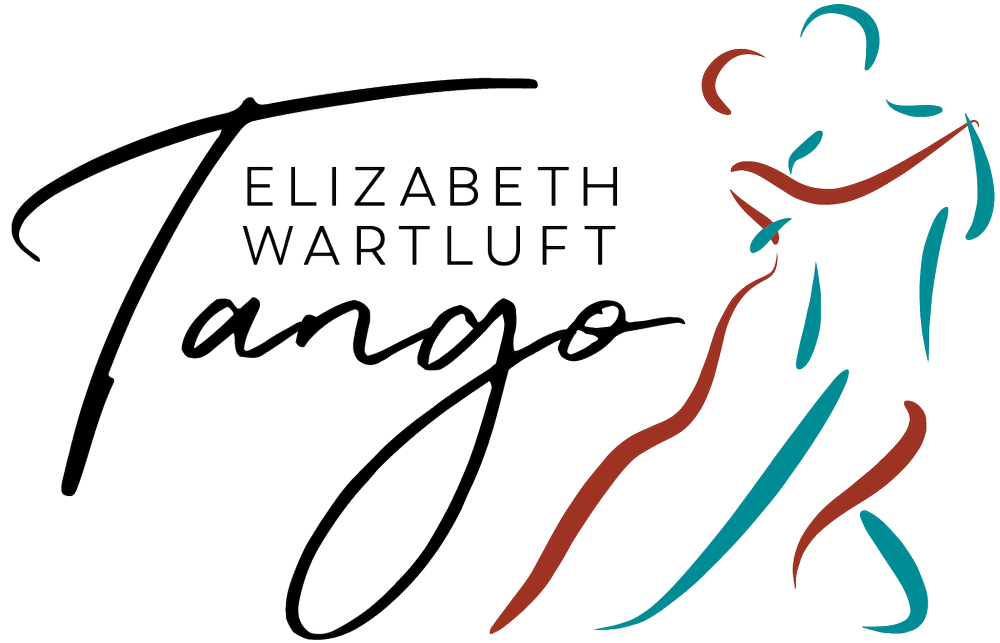There are a few more weeks of Zoom class scheduled, but it’s time to get ready for in-person classes!
Who
My in-person small group lessons will begin in a few weeks. For those of you:
vaccinated
in the Portland, Oregon area
bringing a designated partner
willing to mask until it’s safe/agreed to unmask in the group
…there will be in-person classes. Classes will have up to four couples. When ALL the group is comfortable switching partners, that will happen.
What
Small group classes that focus on getting used to dancing in spaces with other people. For those of you who have been dancing with broomsticks, dogs, and kitchen counters, this may feel strange. For those of you with a built-in partner, it’s time to learn to navigate with moving objects that aren’t cats as obstacles!
Classes will be open to anyone above beginner level (advanced beginners welcome), as each skill and movement will be adjusted per couple. I am hoping to eventually have one advanced and one advanced beginner/intermediate class, but for now, let’s just enjoy seeing other folks!
When and where
To begin, classes will be at 6:30 on Tuesday evenings and 8 PM Wednesday evenings. By the fall, I will be in a different schedule, but for the summer, I am trying to maximize family evening time by limiting the number of evenings that I teach.
Classes will be at my house. I know the rate of filtration for my HEPA system, and I know what surfaces are clean. In a studio, I can’t count on either of those factors. As COVID counts decrease, we will be able to move into studio space and have larger classes.
How do I sign up?
I will need commitments to attend ahead of time. Please contact me and we will start figuring out who is dancing with whom, what night, etc. Because I already have several couples discussing this, I will add people in the order they commit to the classes. There may be a waitlist.
But I don’t have a partner!
I am trying to play matchmaker. If you want a partner, let me know and I will try to help you find one BUT mostly it is up to you!
Also, I will continue with my Zoom noon class for at least a few more weeks, and then I will start up the equivalent of my Beaverton class (which will eventually move back to Beaverton): Tango Toning and Technique. If you have been taking my Zoom classes this year, you already know how this class works: solo work, peers helping, but not partner work generally.







